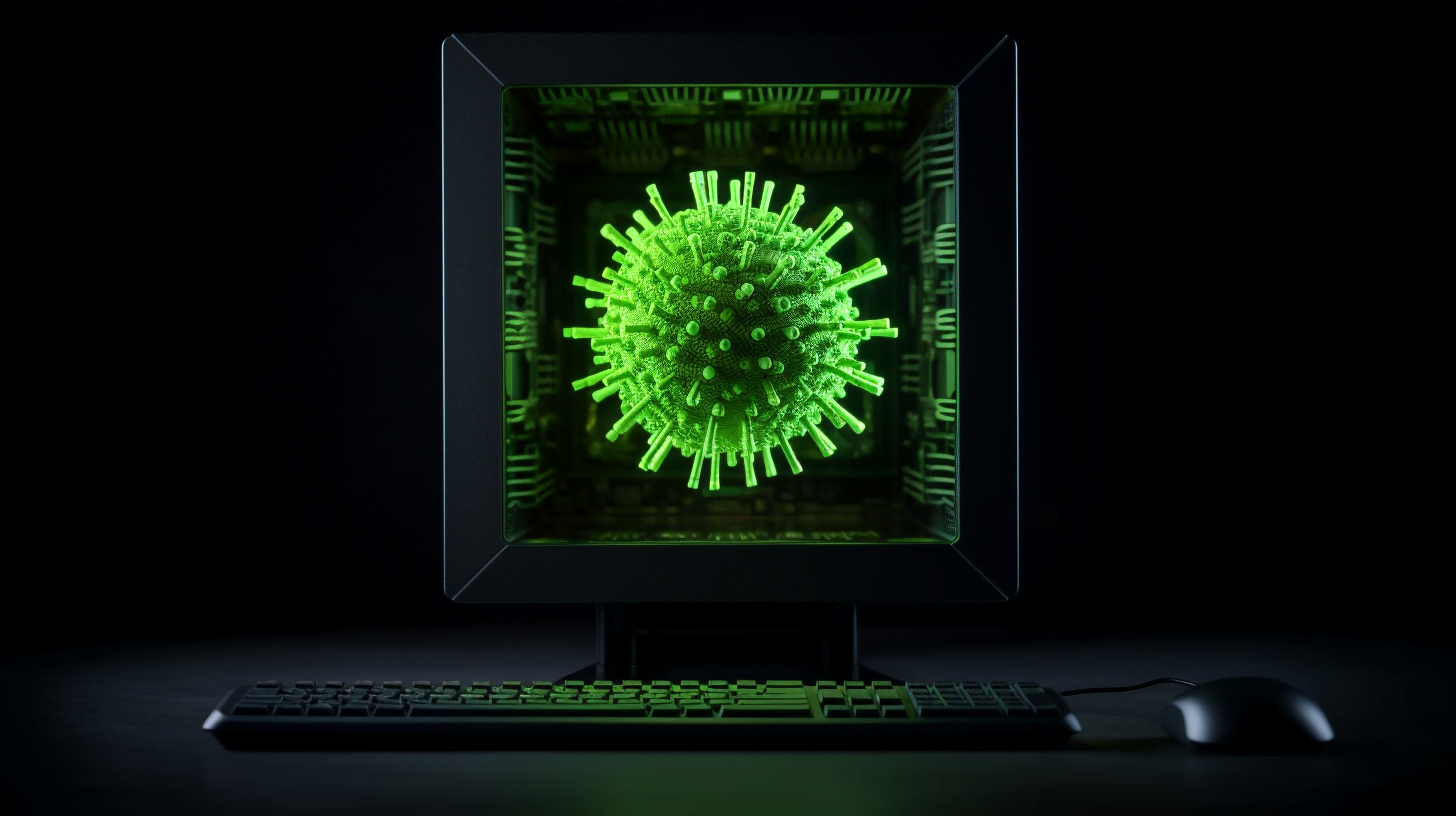Stanford and Arc Institute scientists used AI to design new viruses that killed bacteria in the lab

Key Points
- A research team at Stanford University and the Arc Institute used an AI system called Evo to generate complete viral genomes, resulting in 16 synthetic viruses that successfully replicated and killed E. coli bacteria.
- Evo was trained on about two million bacteriophage genomes and proposed novel genetic codes, including variations that human researchers had not considered, leading scientists to describe the results as both "impressive" and "unexpected."
- Experts see potential applications in phage therapy and gene delivery but warn of significant risks, including the danger of misuse with human pathogens and the technical challenge of scaling to living cells, which are vastly more complex than bacteriophages.
A research team in California has used artificial intelligence to design working viruses that kill bacteria, in what they describe as the "first generative design of complete genomes." The project marks an early step toward AI-designed life forms, according to a report in MIT Technology Review.
The work was carried out by scientists at Stanford University and the nonprofit Arc Institute. In a preprint paper, they describe how an AI system proposed new genetic codes for viruses. The team then chemically printed 302 of these designs as DNA strands and exposed them to E. coli bacteria. Sixteen of the AI-generated viruses successfully replicated and destroyed their bacterial hosts.
"That was pretty striking, just actually seeing this AI-generated sphere," said Brian Hie, who runs the Arc Institute lab where the viruses were created.
Evo learns from millions of viral genomes
At the center of the project is an AI called Evo, which functions like a large language model but is trained on biology instead of text. Instead of learning from books and articles, Evo was trained on about two million bacteriophage genomes. For this study, the researchers tasked it with proposing variants of phiX174, a simple bacteriophage containing only 11 genes and about 5,000 DNA letters.
Jef Boeke, a biologist at NYU Langone Health, described the project as an "impressive first step" toward AI-designed life, even though viruses themselves are not technically alive. He said the AI's performance was "surprisingly good" and its designs "unexpected," with changes to gene orders and arrangements that human scientists hadn't considered.
Not everyone is convinced. J. Craig Venter, who helped pioneer synthetic DNA, called the method "just a faster version of trial-and-error experiments." His lab once created synthetic cells through a similar process, but with much slower, manual searches through scientific literature.
Promise and risks
The technology could have major applications. Doctors have long experimented with phage therapy as a treatment for multidrug-resistant bacterial infections. Viruses are also a key tool in gene therapy, where they deliver new genes into human cells. AI-designed viruses could make both approaches more effective.
But the risks are equally clear. The team deliberately avoided training Evo on human pathogens. Even so, Venter raised "grave concerns" about what could happen if the same approach were used on dangerous viruses like smallpox or anthrax. "One area where I urge extreme caution is any viral enhancement research, especially when it's random so you don't know what you are getting," he said.
Scaling the method to living cells is also far more complex. A bacterium like E. coli has about 1,000 times more DNA than phiX174. "The complexity would rocket from staggering to way, way more than the number of subatomic particles in the universe," Boeke warned.
Despite this, Jason Kelly, CEO of Ginkgo Bioworks, argues that pursuing AI-designed cells should be a national priority. He imagines automated labs that could continuously test AI-generated genome designs, feeding results back into the model. "This would be a nation-scale scientific milestone, as cells are the building blocks of all life," he said. "The US should make sure we get to it first."
AI News Without the Hype – Curated by Humans
As a THE DECODER subscriber, you get ad-free reading, our weekly AI newsletter, the exclusive "AI Radar" Frontier Report 6× per year, access to comments, and our complete archive.
Subscribe now